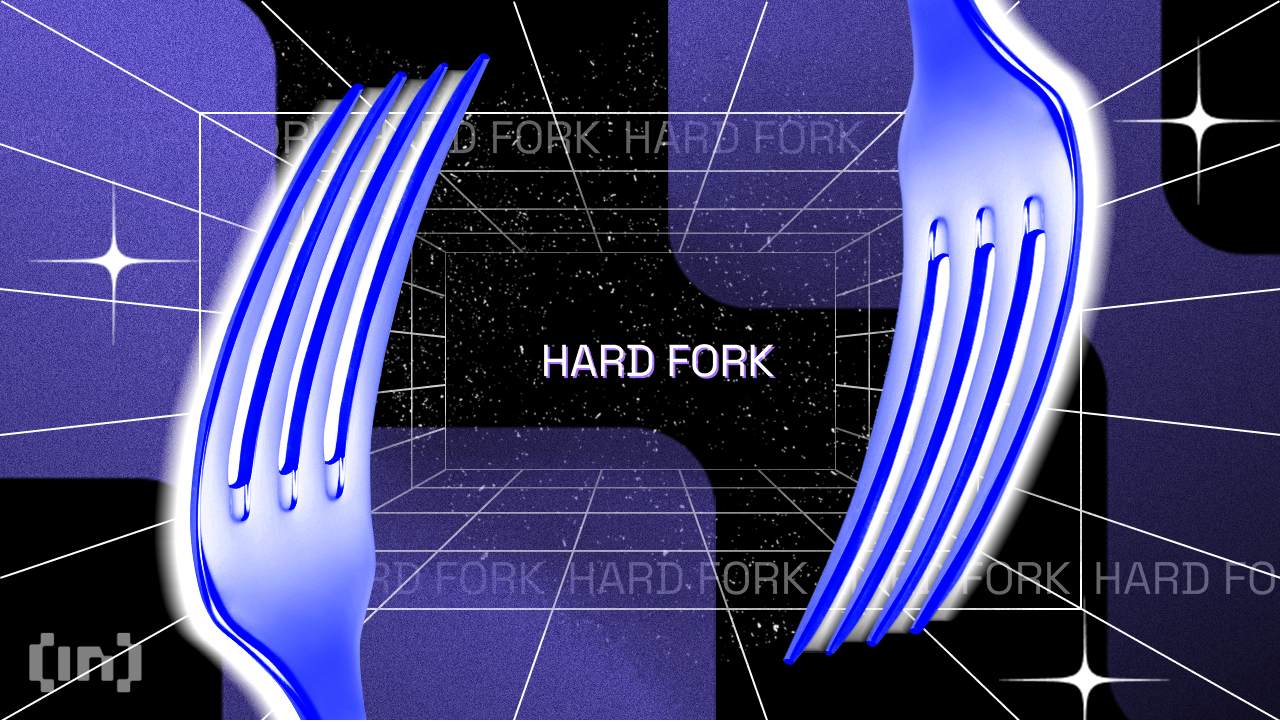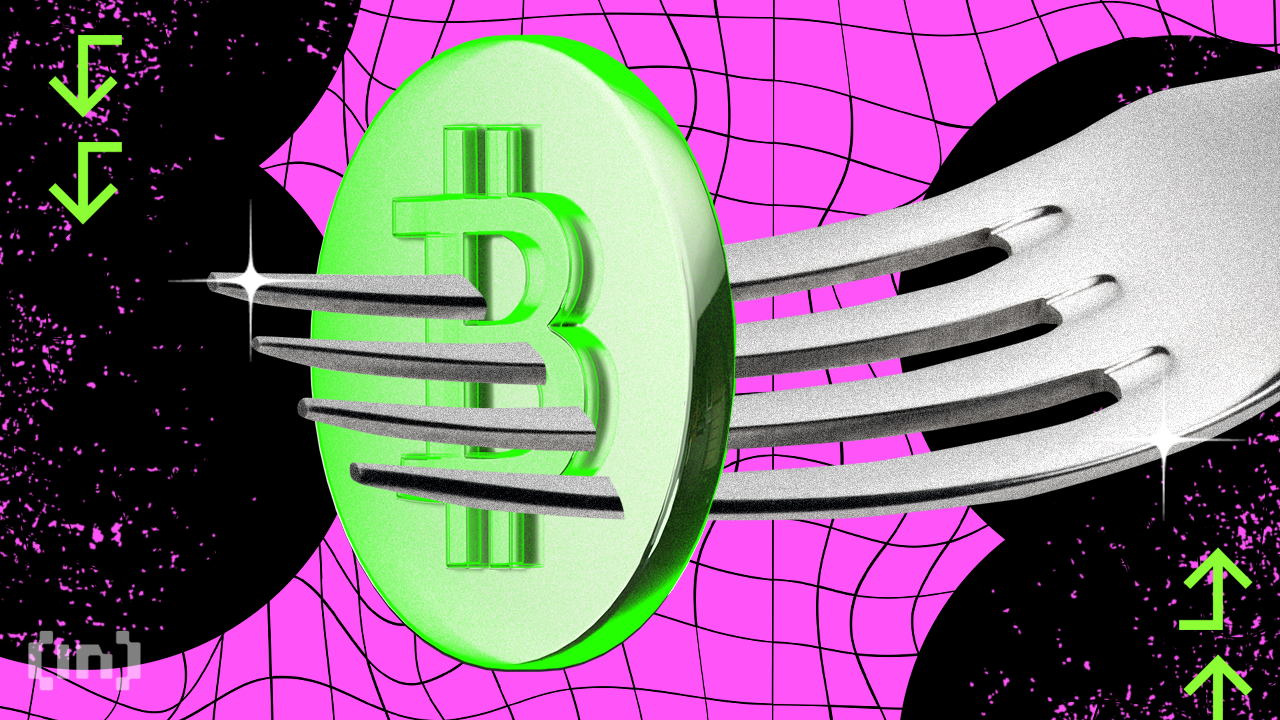In the crypto world; a ‘fork’ is essentially a change in the protocol of a blockchain. Since cryptocurrencies run on decentralized networks, all parties need to use the same rules and work together correctly in order to preserve the history of the blockchain. If not, the result is two blockchains running at the same time on different parts of the network, also known as a chainsplit.
Different ways that live blockchain can be ‘forked’:
- Accidental forks happen when different miners find a block at almost the same time, creating two blockchains. These kinds of forks tend to resolve relatively quickly as more blocks are added, one chain becomes longer, and the other blocks are discarded.
- Intentional forks happen when there are differences among developers and how they think the software should run. The protocol rules are changed, and a new coin is created. At this point, if there is not enough interest, the value of the token will drop to zero and stop being mined. However, deliberate chain splits can be successful if there is enough of a community supporting a new coin. Both assets can continue to develop.
We can classify intentional forks into soft forks and hard forks:
Soft Forks
Soft forks are usually small tweaks that are optional and backwards compatible. i.e. the old rules aren’t obsolete, and it doesn’t require everyone to update because the previous blocks are still readable. Only one blockchain remains valid as people upgrade from the old version.
SponsoredHard Forks

Hard forks happen when the changes made are not compatible with the previous versions; they are permanent and require all users to upgrade to the latest rules. If certain parties fail to upgrade, there will be a chainsplit creating two different blockchains running after the fork. At this point, either both will co-exist and operate independently, or one blockchain will become dominant.
Some hard forks are non-contentious, meaning that all parties agree on accepting the new set of rules.
SponsoredNotable Hard Forks
- Case 1: Bitcoin cash (BCH) was created in 2017 and is currently a successful hard fork of Bitcoin (BTC). Bitcoin and Bitcoin Cash share the same history until block 478,558. The motivation behind Bitcoin Cash was a series of disagreements within the community with debates over Satoshi’s true vision for Bitcoin, especially block size and the implementation of ‘Segregated Witness’ ( the action of separating out the transaction signatures).
- Case 2: Ethereum Classic (ETC) is a successful fork of Ethereum (ETH) that was created after The Decentralized Autonomous Organisation (DAO) was hacked with more than $50 million ETH taken from it. The Ethereum community deliberated over what to do, and most decided to hard fork at block 1,920,000.
What is Cloning?

Cloning is sometimes confused as a synonym of forking. However, cloning is when you copy the codebase of one currency and make small changes to it on an entirely new ledger.
SponsoredCloning is encouraged in code-sharing platforms such as Github; you can easily copy an existing node software and add to it or adapt it. You can then run the new code and create an entirely new blockchain on a blank ledger. This often leads to innovative developments. For example, if you took Bitcoin Core, tweaked a few parameters and ran the code to create a new coin; you would say you’d forked Bitcoin’s code. This is how alternative coins (altcoins) are created.
For example, in 2011 Litecoin was created by ex-google engineer Charlie Lee. He used the original copy of Bitcoin code and changed a few parameters such as the proof-of-work challenge and the speed of the block generation. This enabled him to improve the transaction speed and scalability of Bitcoin, creating a coin that you could use for every day, smaller transactions.
The future of forking
Forks have a considerable impact (both positive and negative) on the cryptocurrency ecosystem. Not only is this how cryptocurrencies are created and improved, forks can create drama, increase risks and fuel uncertainty within the community. As more people with different goals come into the cryptocurrency space, forks will continue to play a significant role in the overall growth and development of the entire cryptocurrency industry.

